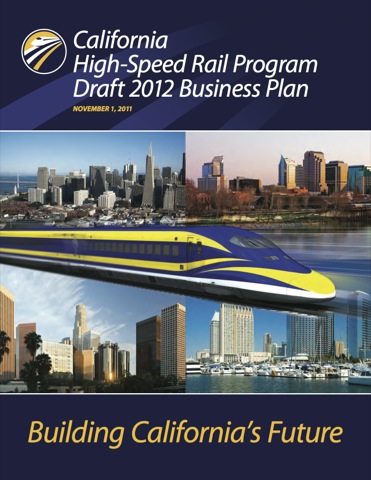John Maynard Keynes is supposed to have said, “When the facts change, I change my mind. What do you do, sir?” For many politicians including President Obama, the answer is, “I ignore the facts and stick to my preconceived notions.”
Back in 2008, California voters approved high-speed rail based on the promises that, at a cost of $43 billion, California would have trains by 2020 that would go from San Francisco to Los Angeles in two hours and forty minutes. Attracting 60 million riders a year, the trains would earn such great operational profits that private investors would provide $6.5 billion to $7.5 billion worth of capital funds.
Now the California High-Speed Rail Authority admits that cost will be more than double that amount, it will carry fewer passengers than expected, it won’t be done until 2030 at the earliest, and no private investors are interested in supporting a project based on phony premises. Moreover, the latest word is that the trains will take longer than two hours and forty minutes, which means they will be far less competitive with air travel than promised. So it is not surprising that most California voters want to reconsider the project.
But not the Obama administration. Even though Congress has not authorized or appropriated more than a tiny fraction of the funds needed to complete the California boondoggle, the Obama administration says it “is not going to flinch” on its support for the project. “The worst thing we could do is make obligations to folks and start to renege on our word.”








